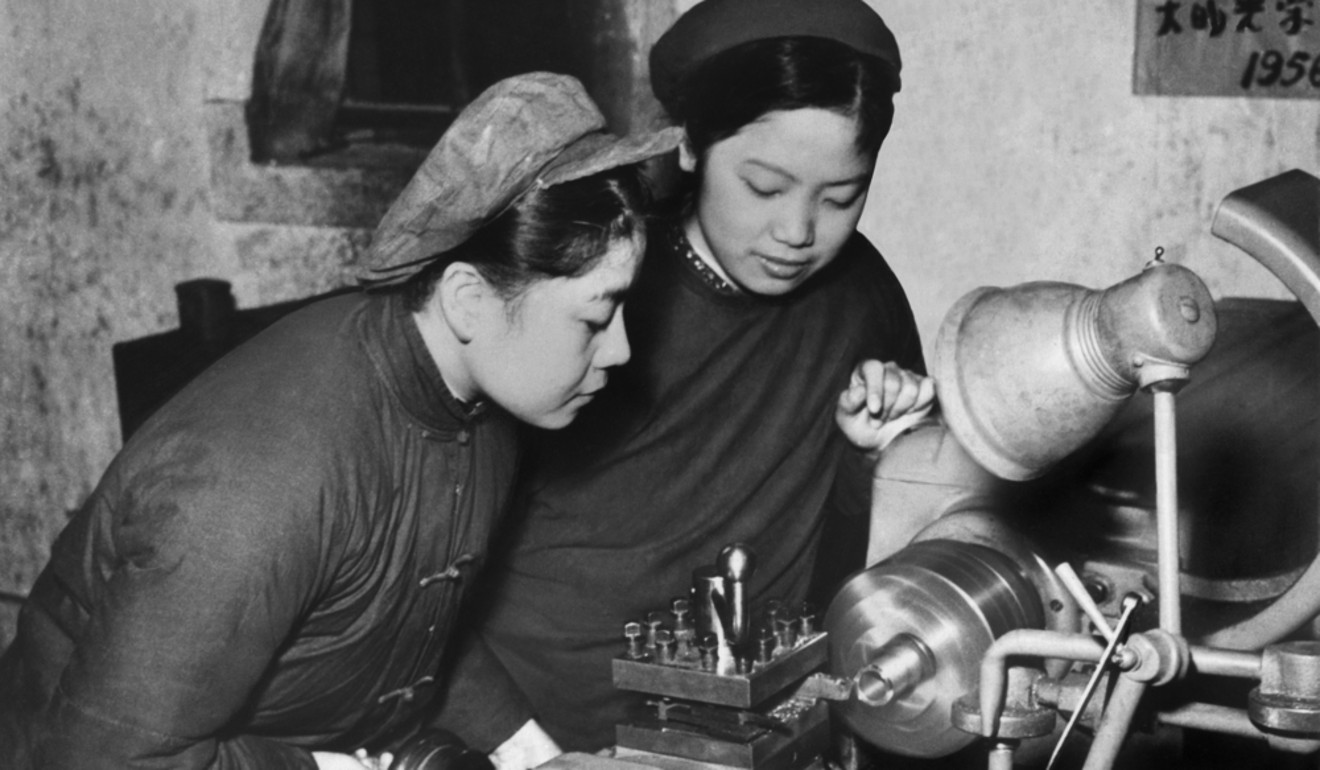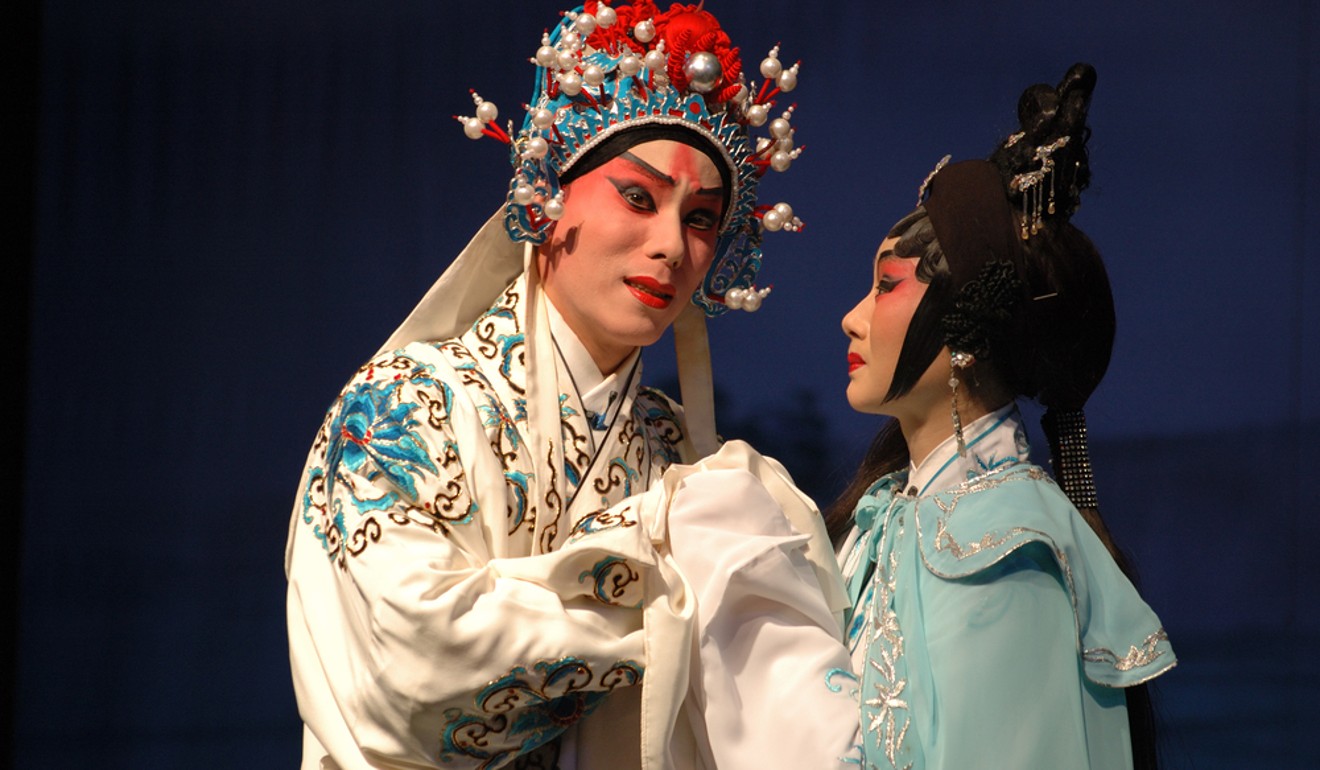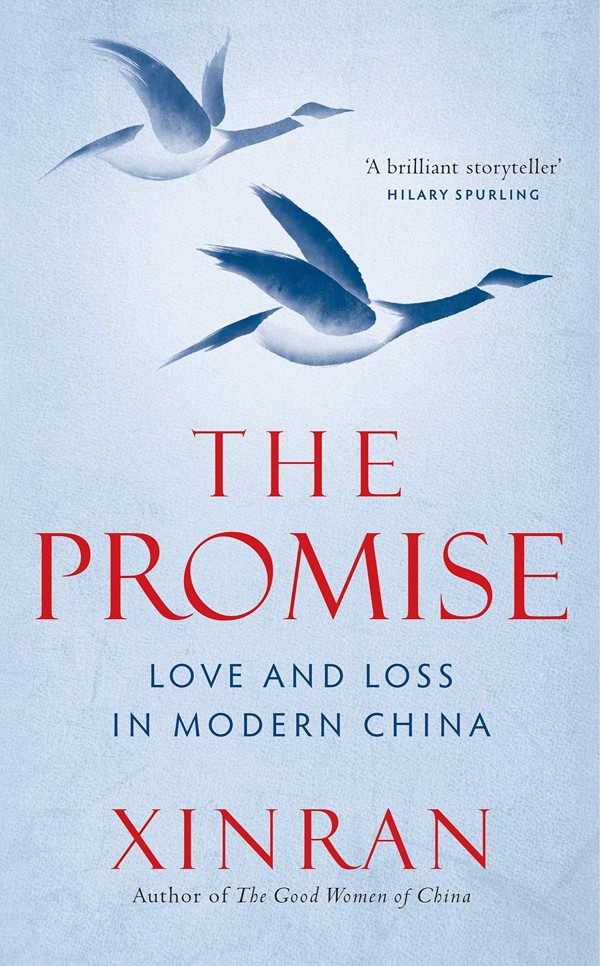
Review | How sex and love in China has changed: from sexless arranged marriages to online dating
- Author Xinran Xue spoke to four generations of women from the same family in China about love, relationships and marriage
- From a woman who never had sex with her husband of 60 years, to her grand-niece who dates multiple men online, she shows how much has changed
The Promise: Love and Loss in Modern China, by Xinran Xue (trans. by William Spence), Bloomsbury, 4/5 stars
Author and journalist Xinran has written a number of non-fiction books about women in contemporary China, but in her latest book she goes back in time to examine the changes in love and marriage since the Republican era.
Murder in Peking – two hot takes on a grisly 1937 cold case
Much has been written about political, social, and economic changes in China since before the 1949 communist takeover, but few authors apart from Lynn Pan – who explored the common notion that love originated in the West before it arrived in China – have taken an intimate look at Chinese women’s private lives spanning four generations.
Xinran came up with the idea for The Promise: Love and Loss in Modern China after a friend told her about a woman named Red who, despite having been married for more than 60 years, never consummated her marriage. Shocked, Xinran went to her mother with this story. Her mother didn’t seem surprised and said to her daughter: “Many couples only talked about love; they never had experienced it or did anything about it.”

Red’s story led Xinran to think about enormous changes in China during the past century, but from a romantic standpoint, and whether people in China really didn’t experience love.
She writes in her introduction: “I had never before realised just how much Chinese women have changed in their understanding of the difference between sex, emotions and love. Could it be that, in the space of only two generations, a collective cultural understanding had completely turned on its head?”
For The Promise, Xinran interviewed four generations of women from the same family, spanning the era from arranged marriages to the digital age in which young people find partners through dating apps. She started with Red’s story.
The eldest of nine children all nicknamed after colours in the rainbow, Red obviously had no descendants, so Xinran also spoke at length with Red’s sister, Green, and several women in the two generations that came after the sisters. But it is Red’s story that stands out because of her utter lack of control over her own marriage, thanks to the restrictive customs of the time.
All about sex: Real reason why Chinese women bound their feet
In the 1920s, it was normal for parents to arrange their children’s marriages, even before they came of age. Red was betrothed to a boy named Baogang, who, as an adult years later, joined the Nationalist army during the civil war and didn’t return home to marry Red until 1949.
On their wedding night, Baogang never joined Red in their bedroom and the next day claimed he had had too much to drink. On their second evening as husband and wife, he made another excuse to stay away from Red until very late that night. And when he did enter their bedroom, he confessed he was in love with another woman named Lin and was waiting for her to return to their hometown.
Even though Baogang was in love with Lin and was saving himself for her, he wouldn’t dissolve his marriage to Red because he couldn’t go against his parents’ wishes to marry her. Xinran explains that women of Red’s era had few rights when it came to their married lives.

It was not until the 1980s that Chinese people were truly able to decide freely about marriage, to make up their minds and look for the kind of family that they really wanted.
Lin never returned, but that didn’t change Baogang’s relationship with Red. Red, on the other hand, felt conflicted because she grew to love Baogang in her own, platonic way while still feeling resentful that a phantom Lin still held a central place in Baogang’s heart. Red’s parents were madly in love throughout their marriage, so her style of marriage wasn’t what Red was used to at home, yet she remained powerless against filial piety and the customs of the times.
In the next generation, communist politics dictated how one looked for a spouse. Even Red’s sister Green, 12 years Red’s junior, experienced different dating standards than her elder sister because she came of age during the early years of the Mao era. Since families were de-emphasised during this time in favour of the party, Chinese women were encouraged to marry devotees to the revolution.

Then there was the era reform and opening up in the 1980s under Deng Xiaoping. Women – and Chinese citizens in general – enjoyed more opportunities than they’d had in decades. Chinese women in this era looked for men with a university education. This custom isn’t so different from the West, although Western universities didn’t close for a decade in the name of agrarian development.
The narratives turn extraordinary again during the final section, in which Xinran interviewed Red’s grand-nieces, all of whom were born in the 1980s. By the time these women came of age, the dating world had completely upended, even by US standards. This coincided, of course, with China’s great leap forward from the iron rice bowl of the 1980s to basically a cashless society punctuated by high-speed trains, all in the span of a generation.
One of Red’s grand-nieces dated almost exclusively online, never intending to meet the men she poured her heart out to over dating apps. It wasn’t uncommon for her to develop online relationships with several men at once.
How Aladdin’s original Chinese identity was lost in Hollywood
Lili, one of the grand-nieces, had an actual boyfriend who was British. Given the culture of online dating, the British boyfriend didn’t rule out that Lili was in close contact with other men from these apps. Yet he couldn’t bring himself to communicate this concern to her.
Instead, he told Xinran: “I really care about Lili, but like I said, I don’t know what I mean to her. Sometimes I wonder whether she’s another one of those young women with several social-media ‘lovers’ … I’m confident that she’d choose me over them. For Chinese people today, there are virtually no guidelines for dating.”
By the end of The Promise, Xinran has found evidence of love in each of these generations, even in the skewed online dating world of Red’s grand-nieces. Each of these relationships was defined by the limitations of the given era. In conclusion, Xinran wonders if the stories of the earlier generations would live on with contemporary young adults and their descendants.
Asian Review of Books
